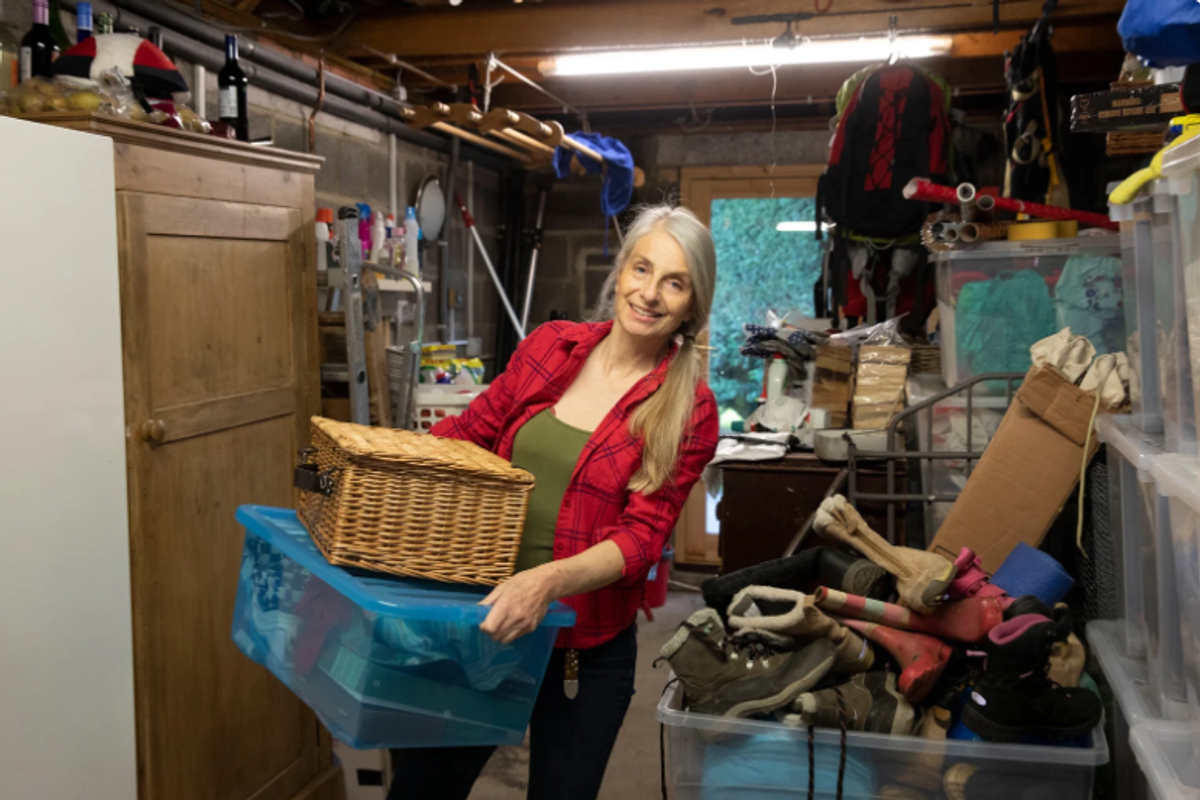Cuba just made a major AIDS breakthrough no other country has been able to achieve.
A successful public health initiative in Cuba could help prevent mother-to-child HIV transmission worldwide.
We're one step closer to ending the AIDS epidemic, thanks to a recent breakthrough from Cuba.
Yes, you read that right. This is big news.
Seen one of these ribbons around? It's the international symbol for AIDS treatment and prevention. Photo by Yasuyoshi Chiba/AFP/Getty Images.
In 2010, Cuba partnered with the World Health Organization to tackle the spread of HIV and syphilis.
We hear most often about STDs spreading through needle sharing or unprotected sex, but a large percentage of HIV/AIDS cases occur when the disease is passed from mothers to their children during birth or breastfeeding.
Many of the estimated 1.4 million HIV-positive women who get pregnant each year don't even know they've been infected with HIV to begin with. And without any treatment, those women have a 45% chance of infecting their children with HIV, too.
Cuba approached this crazy-huge issue with the help of their equitable, accessible, and universal health care system.
According to The Guardian, Cuba's regional initiative provided HIV and syphilis testing for all pregnant women and their partners.
Yep. Every. Single. Cuban. Citizen.
If adorable babies like these (and their mothers) can be treated within a system like Cuba's, HIV could be a thing of the past. Photo by Dan Kitwood/Getty Images.
In addition to testing, this care was available for each woman throughout her pregnancy and childbirth. If a woman tested positive for HIV, she was given special treatments that included medication, breastfeeding substitutes, and a cesarean delivery.
All it took was two key tactics: providing universal access to health care and focusing on disease prevention in local clinics. Then the people of Cuba started seeing incredible results.
Now, Cuba has become the first country in the world to virtually eliminate the spread of HIV and syphilis from mother to child.
When the World Health Organization announced this good news, they shared some amazing statistics: In the past year, there were less than 50 cases of mother-to-child-transmitted HIV for every 100,000 live births in Cuba.
Plus, more than 95% of HIV-positive Cuban women now know their HIV status and have access to antiviral drugs. Whoa.
The rest of the world can do what Cuba did. But without universal, equitable, and accessible health care systems, it will be a slower process.
Cuba gets a lot of press for their health care system, which is generally great despite the country's economic disparities. This is yet another example.
But there's some good news for everyone else in the world, too.
Like this statistic, which also comes from the World Health Organization: As of 2013, more than half of HIV-positive pregnant women in low- and middle-income countries around the world were able to get the medications they needed to protect their children from HIV. ("More than half" might not sound like a lot, but with an estimated 35 million adults and children living with HIV, that's a pretty big group.)
And even better, "The number of children born annually with HIV has almost halved since 2009 — down from 400,000 in 2009 to 240,000 in 2013."
With that, we're one step closer to an AIDS-free generation.
After years of social movement toward ending the stigma around AIDS and increasing prevention, we may be seeing the light at the end of the tunnel. Photo by Dubyangshu Sarkar/Getty Images.
Despite significant political and economic struggle, Cuba has revealed two important pieces in what had previously seemed like an impossible puzzle. Focusing on prevention and providing universal health care as a human right brings us one step closer to potentially putting an end to the transmission of a deadly disease.
The United Nations even has a plan for scaling this incredible initiative to the rest of the world, too. I can't wait to see what happens.





 Representative Image: A father daughter moment.
Representative Image: A father daughter moment.  Readers were in their feels about the video.
Readers were in their feels about the video. 

